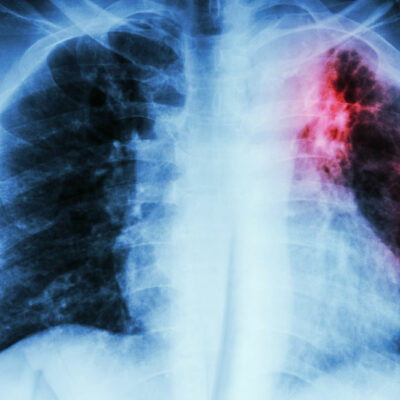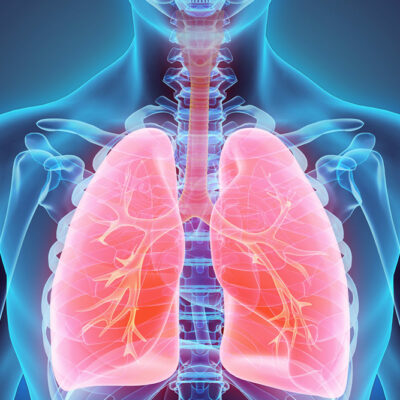
Tips to Choose the Right Braces for Tennis Elbow
Tennis elbow is a painful condition in which the exterior of the elbow becomes painful and tender. Medically known as lateral epicondylitis, this condition happens when tendons in the elbow are overburdened by repetitive action of the arms and wrists. In such circumstances, the movement of the arms and wrists becomes difficult and there is a persistent pain in the elbows. However, elbow braces can go a long way to help you manage this condition. Read on to know more about the symptoms and treatment options for tennis elbow and how elbow braces can help the sufferer. Symptoms and treatment options for tennis elbow The usual symptoms include pain while extending the arms fully, pain on the outer part of the elbow which may become worse over a period if not treated, and pain while gripping things and movements of the wrist. A popular treatment method is going for physiotherapy, which involves progressive arm exercises. Rest, cold therapy, and medication are other ways to manage the condition. Wearing tennis elbow braces can be especially helpful. What is a tennis elbow brace and how does it help? Elbow braces are considered to be the most effective way of treating tennis elbow. It helps protect the damaged tendon during the healing process.





